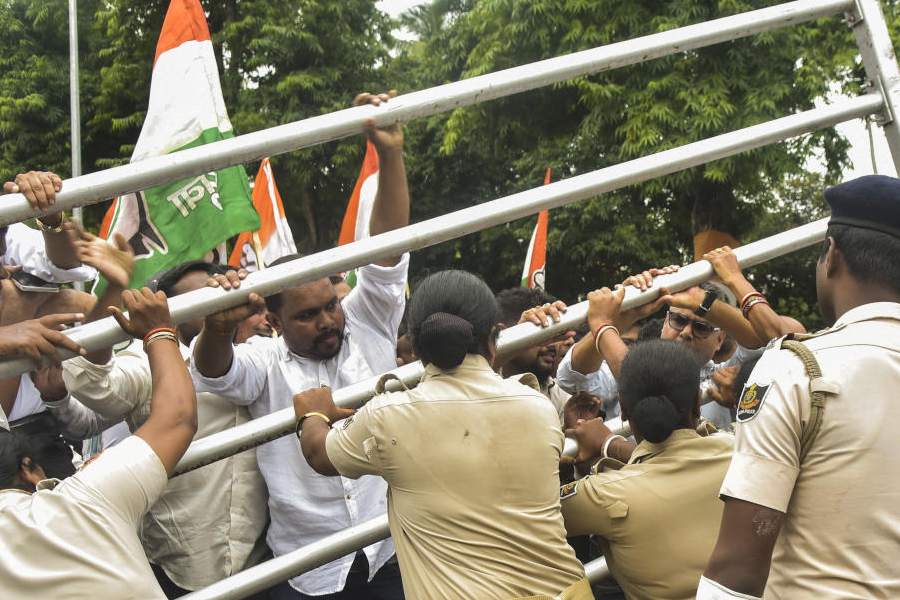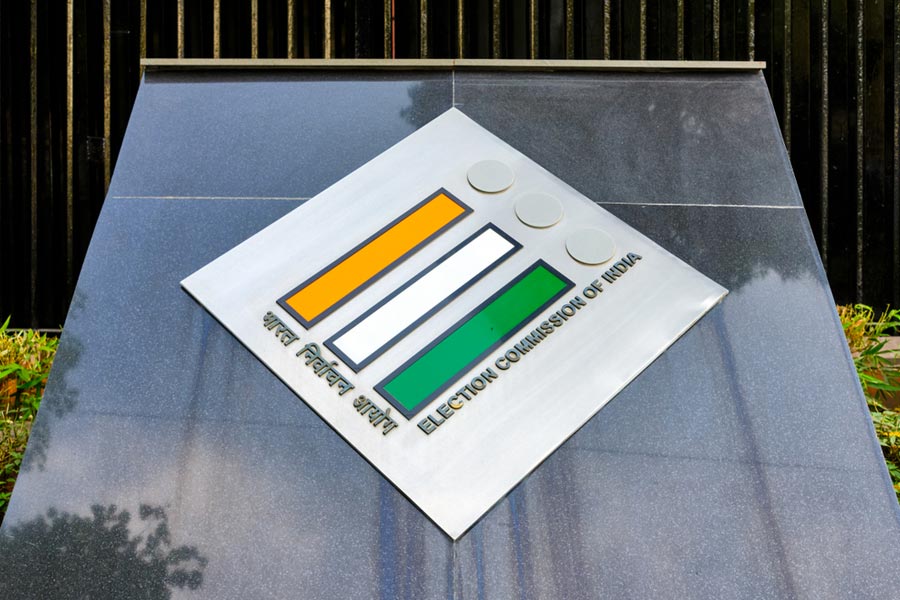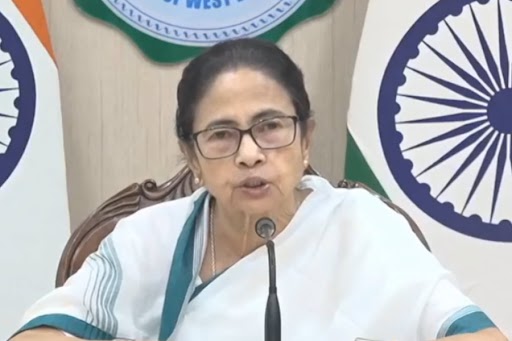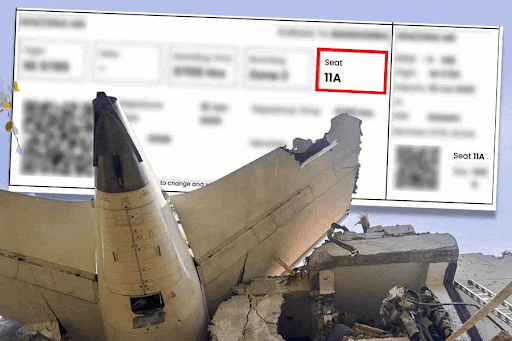New Delhi, July 10: The steel industry, which after half-a-decade of turmoil had revived over the last one year on the back of rising prices, has been hit by a triple whammy.
On the one hand, finance minister P. Chidambaram’s budget has imposed a 12 per cent excise — an increase of 4 percentage points. This should make steel costlier.
“Buyers, such as the construction sector, who cannot pass on excise hikes through modvat will have to pay higher prices. Others who account for 60 per cent of our customers will, however, be unaffected,” said V. S. Jain, chairman of Steel Authority of India Ltd (SAIL).
On the other hand, the budget has reduced import tariffs on steel to 10 per cent, something which the government could have delayed till 2007, according to a phasedown pact signed as part of the WTO agreement.
This will, however, not hurt domestic producers immediately. Jain said, “Although import duties have been reduced, countervailing duties have been raised by 4 per cent. Therefore, there will be no difference right now in landed costs which are still higher than domestic prices.”
But in the long run this will be a threat once global steel prices start falling as part of the cyclical movement.
Another blow to the steel sector is the reduced natural gas supply to plants in western India due to an acute shortage of gas available with Gas Authority of India Ltd. Essar, Ispat and Vikram Steel which produce about half of the total sponge iron in the country are facing gas shortages to the tune of 66 per cent, 52 per cent and 42 per cent respectively.
The reason for this shortage is the wide gap between commitments made by Gail to various industries, including fertiliser and power, and its own resources. Gail has, therefore, been rationing its supply.
The sum total of this, steel analysts feel, is that sponge iron, a crucial raw material for making high-quality steel, may become costlier. This in turn will push up steel prices once again.
With excise hikes and sponge iron price increases, steel prices, at the end of the day, may be seen crawling up by as a much as 10 per cent at the retail level.










